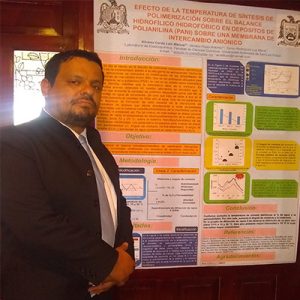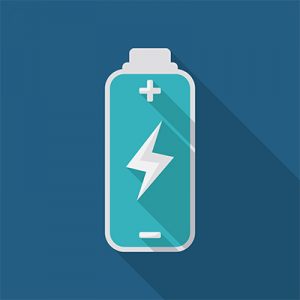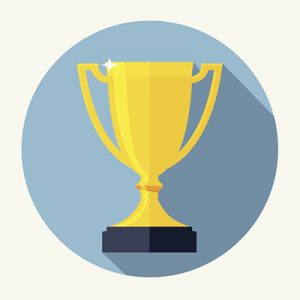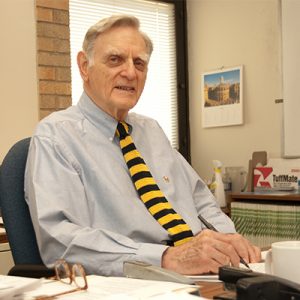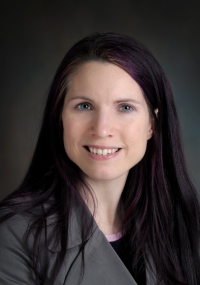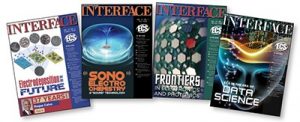 Recent growth in space-related activities has presented numerous opportunities for electrochemistry in space. That’s why Greg Jackson, chair of the ECS High-Temperature Energy, Materials & Processes Division (H-TEMP) and mechanical engineering professor at the Colorado School of Mines, took it upon himself to bring the first-ever symposium dedicated to “Electrochemistry in Space” to the 236th ECS Meeting.
Recent growth in space-related activities has presented numerous opportunities for electrochemistry in space. That’s why Greg Jackson, chair of the ECS High-Temperature Energy, Materials & Processes Division (H-TEMP) and mechanical engineering professor at the Colorado School of Mines, took it upon himself to bring the first-ever symposium dedicated to “Electrochemistry in Space” to the 236th ECS Meeting.
“As a board member and someone who cares about the Society expanding its audience, I felt that there are many activities going on in regards to applying electrochemistry in space and the uniqueness of the space environment merited a special symposium,” said Jackson, lead symposium organizer.
The potential for increased lunar and Martian activities with in situ resource utilization (ISRU), human space flight, and in-space satellite maintenance, and space debris management present many technical challenges and opportunities where electrochemistry plays a central role. (more…)



